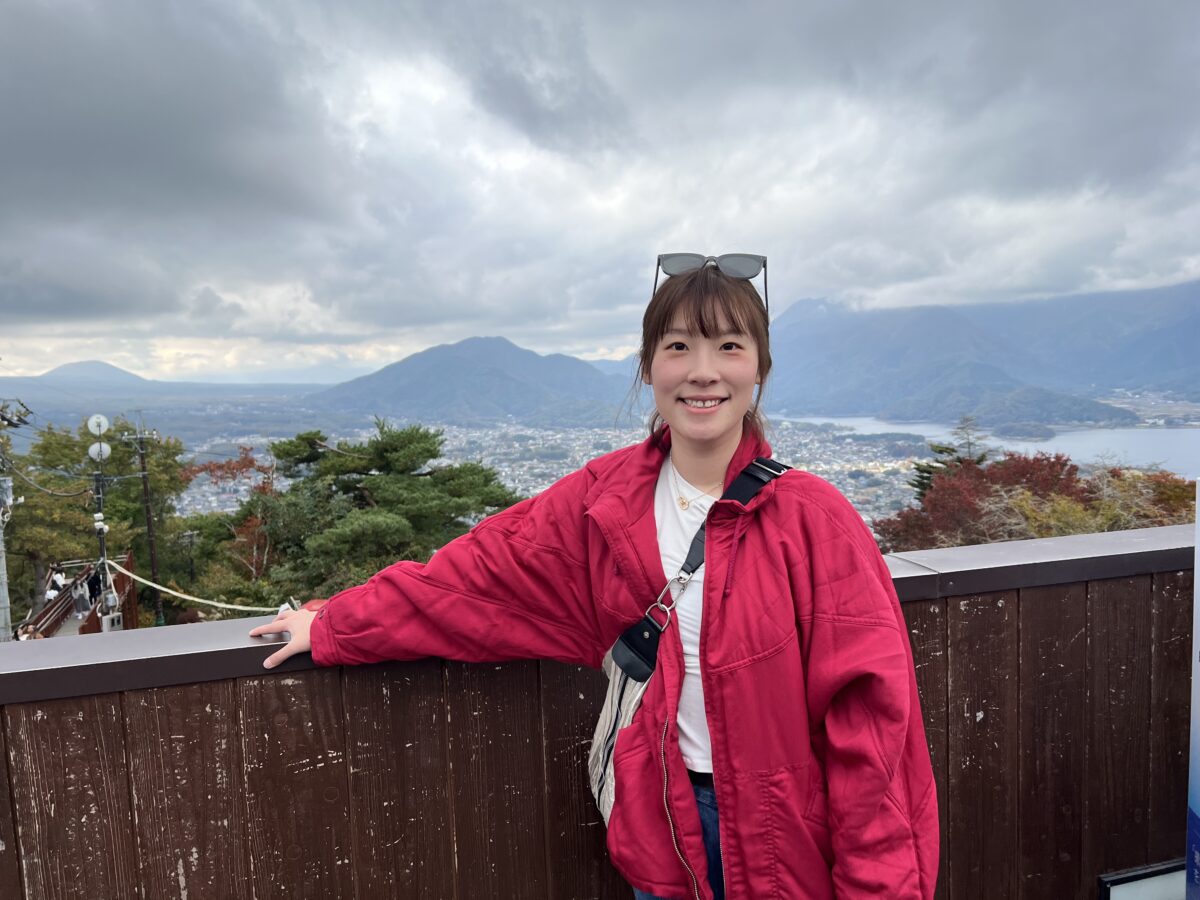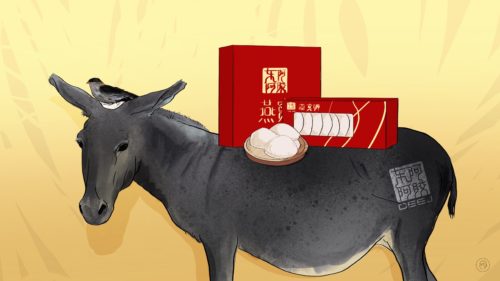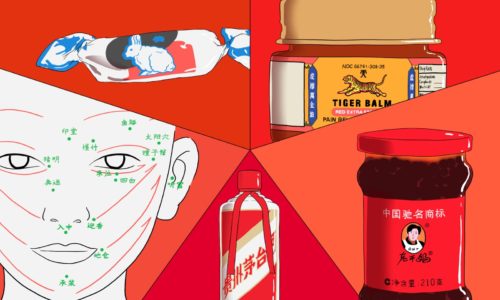The first ‘pure’ traditional Chinese medicine hospital opens in Shenzhen
The first ‘pure’ traditional Chinese medicine hospital opens in Shenzhen

A specialized traditional Chinese medicine (TCM) hospital, which is calling itself China’s first “pure” TCM medical facility, has opened its doors in the hustling and bustling city of Shenzhen, Guangdong Province.
Bao’an Pure TCM Hospital (宝安纯中医治疗医院 bǎo’ān chún zhōngyī zhìliáo yīyuàn) started receiving patients on March 18, almost a year after the project was approved by the local government. It is owned by the government of Shenzhen’s Bao’an District, and operates as a public hospital, so Shenzhen residents can access free or subsidized treatment at the 205-bed facility. Departments include internal medicine, dermatology, and gynecology. The hospital will also offer special workshops with TCM experts from different schools and ethnic groups.
The hospital is part of Shenzhen’s effort to obey the government’s well-subsidized call to “reform” the centuries-old set of medical practices that comprises TCM, and “innovate” by creating new treatments and intellectual property as well as new business models. The central government also wants to ensure that TCM is protected as China’s own cultural heritage as it goes global. In an interview (in Chinese) with the Southern Weekly 南方周末, a local official working at the city’s health bureau said that the Bao’an Pure TCM Hospital will demonstrate TCM’s “clinical ability” to the rest of the world.
“We wanted to experiment whether a TCM hospital can develop without Western medicine,” the official said. “If it turns out well, is it possible for other provinces to duplicate the model we established?”
Bao’an Pure TCM Hospital, however, is not technically a 100 percent TCM hospital. According to a press release (in Chinese) from the local government, the facility promises that over 95 percent of its treatments are TCM-based, leaving a little room for the use of Western medicine in emergency aid and anesthesia.
The Ministry of Health currently requires hospitals to offer more than 85 percent of their treatment based on TCM if they want to call themselves by the name. But in order to live up to the title of China’s first “pure” TCM facility, Bao’an Pure TCM Hospital wanted to raise the percentage. This attracted wide criticism in medical circles, even in the TCM community.
In February, Xiāo Xiàngrú 肖相如, a prominent TCM doctor specializing in kidney diseases, published an article titled, “Pure TCM? That’s an unrealistic fantasy!” His main argument was that with every treatment, there are upsides and downsides. So TCM and Western medicine should go hand in hand to ensure patients receive the most effective care.
On the other side of the debate, Táo Línà 陶黎纳, an immunization expert at the Centers for Disease Control and Prevention in Shanghai with a popular Weibo account, explicitly said that TCM and Western medicine can never go together, and the idea of merging them is totally “delusional.” (Tao is not opposed to TCM, just to the mixture.)
When the Southern Weekly asked about the criticism that the Shenzhen government is going extreme with the idea of a “pure” TCM hospital, the local official pushed back, saying that they had done extensive research about the hospital’s “feasibility, necessity, and legality,” and that they were “confident about its legitimacy.”
It seems that after a year when TCM has often come under fire in China, the government has been stepping up its efforts to boost its growth of TCM, both domestically and internationally. In March, China opened what is being called “the world’s first TCM evidence-based medical center” at the China Academy of Chinese Medical Sciences. The center is expected to conduct extensive research to provide evidence justifying TCM’s clinical effectiveness and safety.






